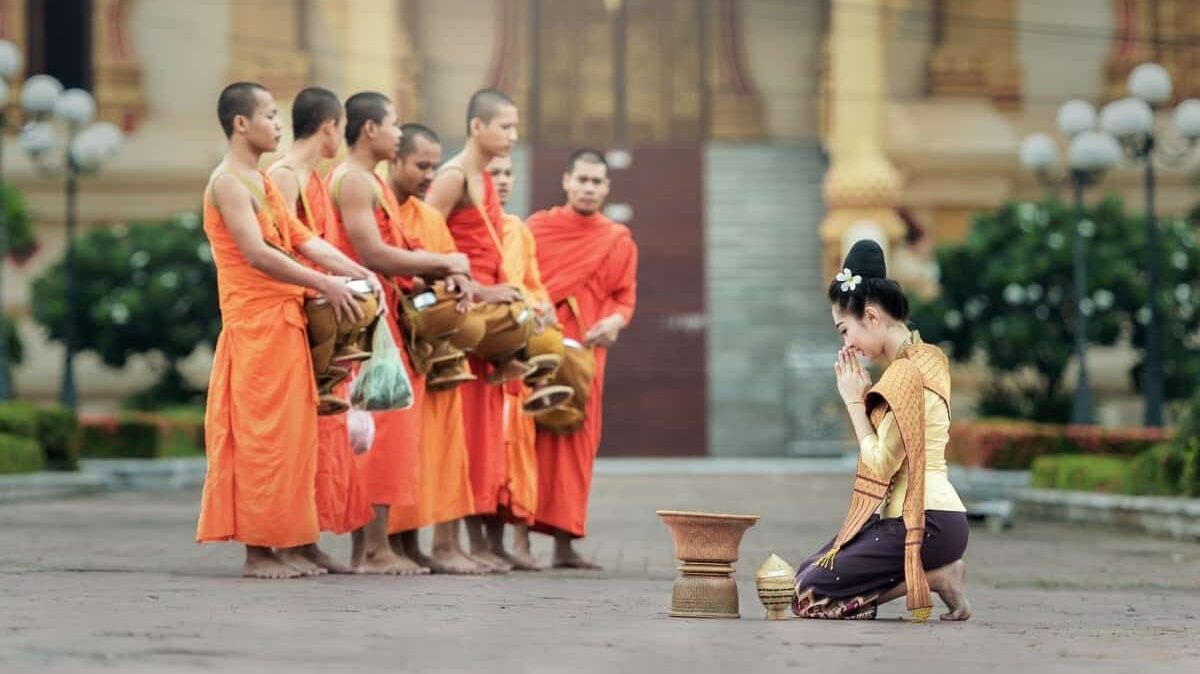Introduction Asana in Yoga is also known as Yogasana, Yoga Pose, or Yoga Posture. It is highly unlikely that anyone has not come across the…
Category: Ashtanga Yoga
Introduction Ishvara Pranidhana is the fifth Niyama or the ethical code of yogic observances. This is one of the Niyama which is often misunderstood. It…
Introduction Svadhyaya is the fourth Niyama of Ashtanga Yoga. Most often translated into English as "Self-Study." It is a part of the ancient Indian education…
Introduction Tapas and Tapasya are equivalent terms in Sanskrit. Tapas is one of the Niyamas or the ethical codes of conduct. In Raja Yoga or…
Introduction Santosha is the second Niyama of typical Ashtanga Yoga. It is one of the important virtues to be observed in Yoga practice as well…
Introduction Saucha (also spelled as Shaucha) or cleanliness is the primary Niyama which is the model code of conduct for practicing yoga. There are five…
Meaning of Niyama Niyama is the ethical code of conduct to be observed during the course of yoga. Simply put, Niyamas are "dos" in yoga;…
Introduction Aparigraha is the yogic injunction for non-possessing. All oriental religions promulgate it as one of self-restraint to be cultivated by persons from all walks…
Introduction The practice of celibacy is commonly perceived as the essence of Brahmacharya, which entails refraining from engaging in sexual activities. However, Brahmacharya encompasses a…
Asteya is a moral virtue in Hinduism and Jainism, Asteya or non-stealing is the third of the five Yamas of Ashtanga Yoga. It comes next…









